Introduction
In the pursuit of fitness, it’s easy to overlook the small details that make a big difference in the effectiveness and safety of your workouts. Whether you’re a seasoned athlete or just starting out, avoiding common workout mistakes is crucial to achieving your fitness goals while minimizing the risk of injury. This article will guide you through the most frequent errors people make in their exercise routines, from skipping essential warm-ups to setting unrealistic goals. By understanding and correcting these mistakes, you can optimize your workouts and see better results.
Often, workout errors stem from a lack of knowledge or misinformation, but they can have significant consequences. Improper form, overtraining, and neglecting rest can all undermine your efforts and lead to setbacks. This guide is designed to help you recognize and avoid these pitfalls, ensuring that your exercise routine is both safe and effective. Read on to discover practical tips and strategies for improving your workout regimen and staying on track with your fitness journey.

Conclusion
In conclusion, avoiding common workout mistakes is not just about enhancing performance; it’s also about ensuring long-term health and well-being. By incorporating proper warm-up and cool-down routines, focusing on correct form, and setting realistic goals, you can create a sustainable fitness plan that leads to lasting results. Remember, consistency and moderation are key to success in any fitness journey.
It's important to listen to your body, give it the rest it needs, and vary your workouts to prevent burnout and maintain motivation. By addressing these common errors, you’ll be well on your way to achieving your fitness goals safely and effectively.
References:
- https://www.heart.org/en/healthy-living/fitness/fitness-basics/warm-up-cool-down – American Heart Association: Importance of warm-up and cool-down in workouts.
- https://us.humankinetics.com/blogs/excerpt/proper-form-and-technique#:~:text=Posture%20and%20Joint%20Movements&text=Keeping%20... – Human Kinetics: Guide to proper exercise form and technique.
- https://www.hss.edu/article_overtraining.asp – Hospital for Special Surgery: Signs of overtraining and undertraining in workouts.
- https://www.washingtonpost.com/lifestyle/wellness/study-to-get-enough-exercise-try-engaging-in-three-different-activities-a-week/2020/07/13/c168aeb0-c538-11ea-a99f-3bbdffb1af38_story.html – The Washington Post: Importance of variety in workout routines.
- https://www.healthline.com/nutrition/eat-after-workout – Healthline: Guide to post-workout nutrition for recovery.
- https://www.uchealth.org/today/rest-and-recovery-for-athletes-physiological-psychological-well-being/ – UC Health: Importance of rest and sleep for workout recovery.
- https://www.betterhealth.vic.gov.au/health/healthyliving/physical-activity-setting-yourself-goals – Better Health Channel: How to set realistic fitness goals.
- https://www.facetsevenfitness.com/blog/ways-to-stay-motivated-to-work-out – Facet Seven Fitness: Tips to stay motivated and consistent with workouts.

Don Hodson, Certified Personal Trainer
I'm Don, an ACE-certified personal trainer and the founder of Tips From A Trainer. My journey in fitness began with personal challenges—I’ve faced and overcome weight issues myself. Through dedication to exercise, nutrition, and consistency, I’ve transformed my own body and helped countless others achieve their fitness goals.
While working as a personal trainer, I discovered a passion not just for fitness, but also for empowering others to reach their potential. After college, I ventured into the world of digital marketing, founding Connected Age Marketing, where I honed my skills in media and communication.
Eventually, I decided to bring these two passions together. Tips From A Trainer was born from my desire to combine my expertise in fitness with my knowledge of marketing, allowing me to deliver high-quality, evidence-based health & fitness content to a wider audience. My mission is to cut through the misconceptions of the fitness industry and provide practical, reliable advice that genuinely helps people transform their lives.
- My Site: www.Don-Hodson.com
- My Company: www.ConnectedAgeMarketing.com
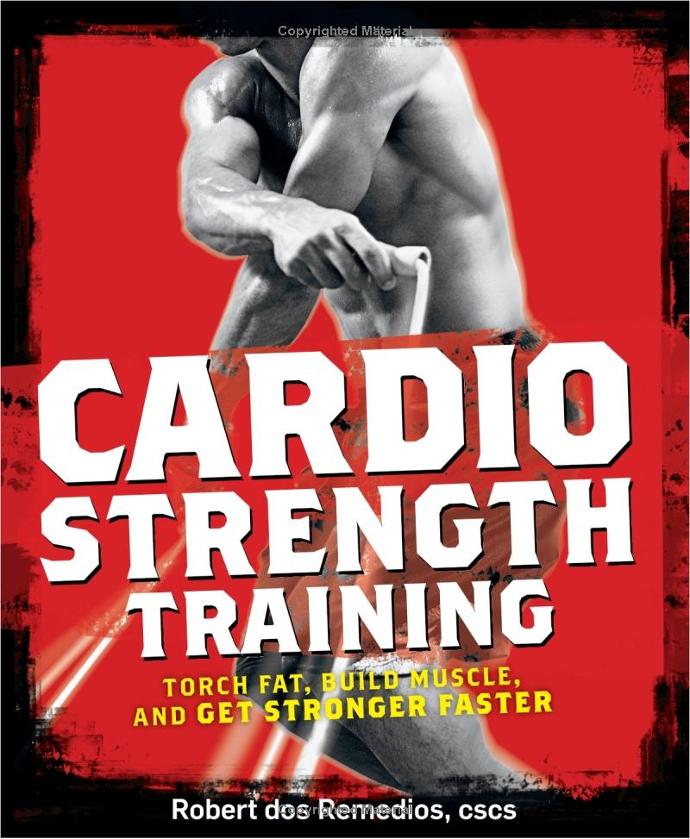
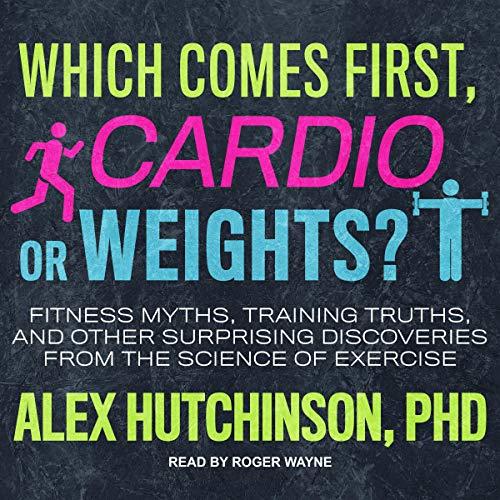

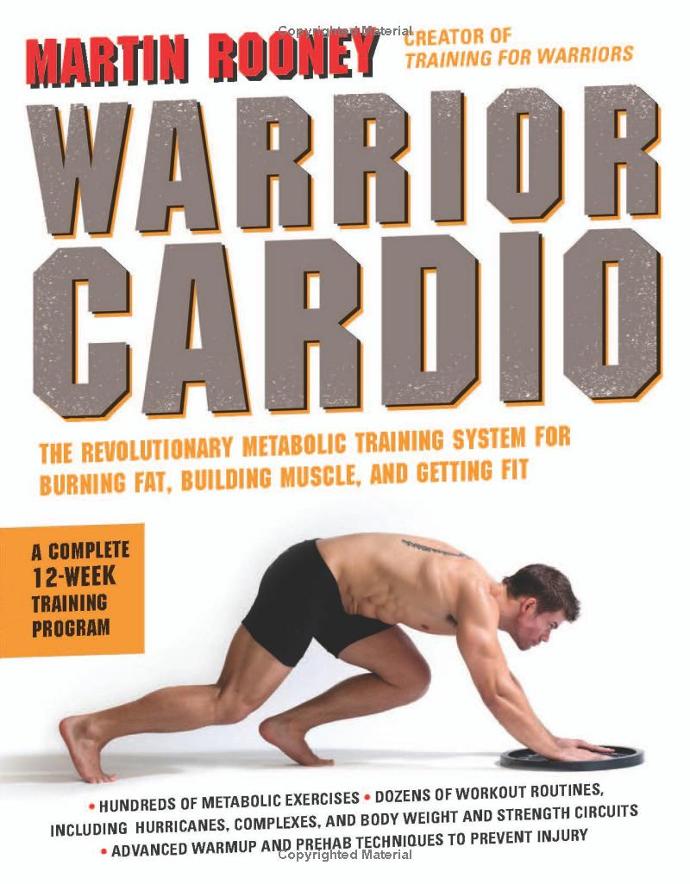

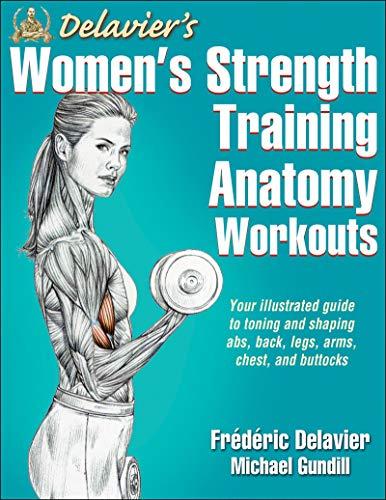
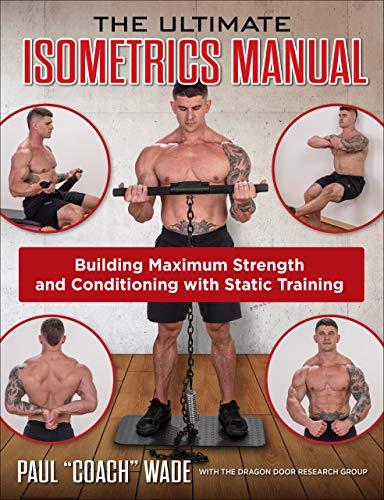
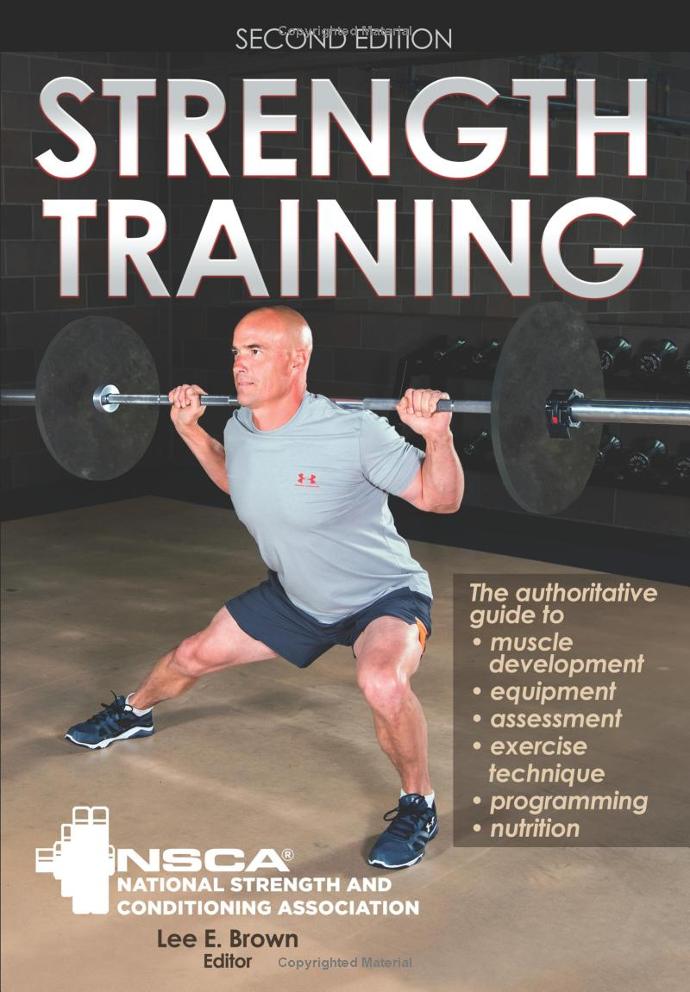







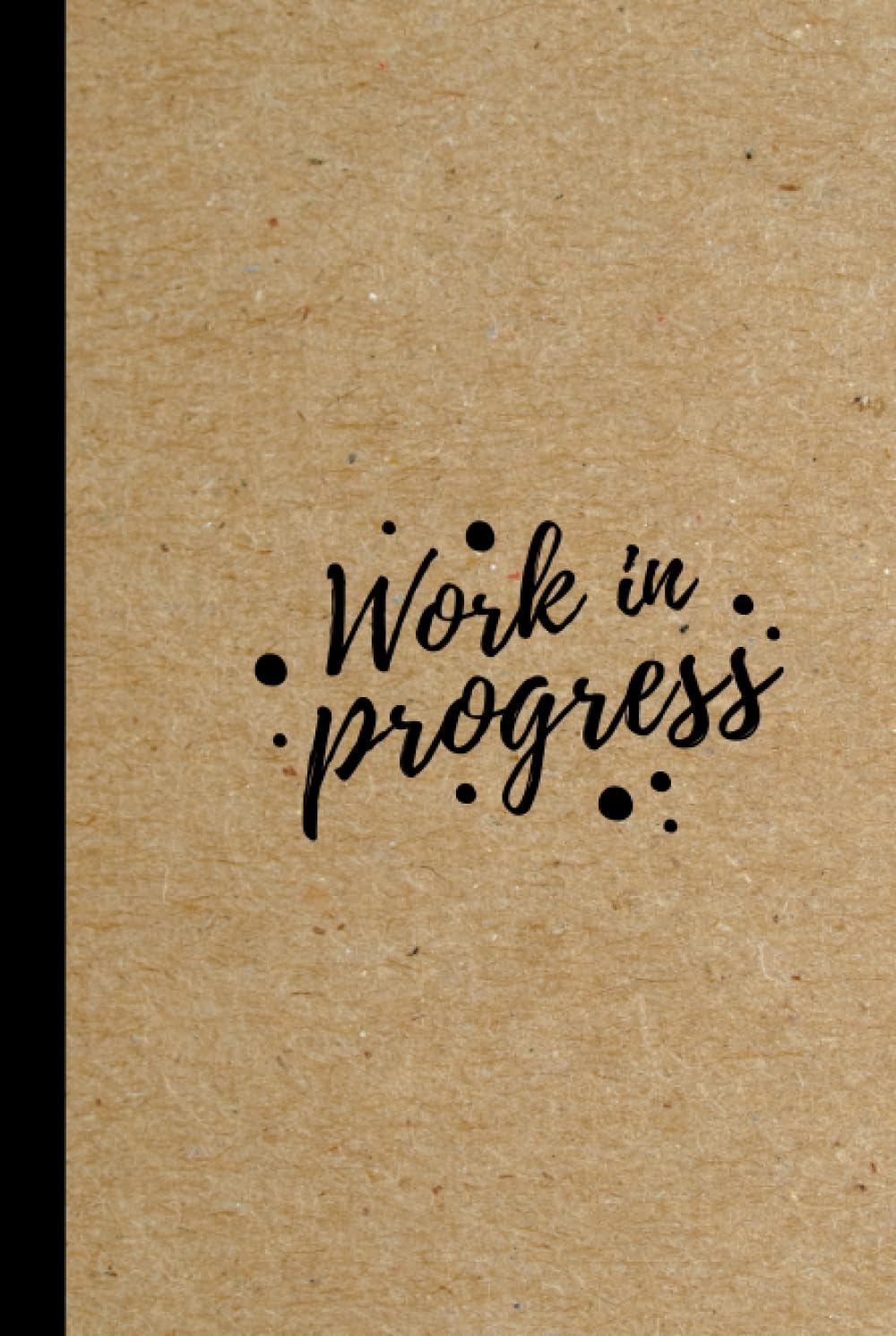

How to Avoid Common Workout Mistakes